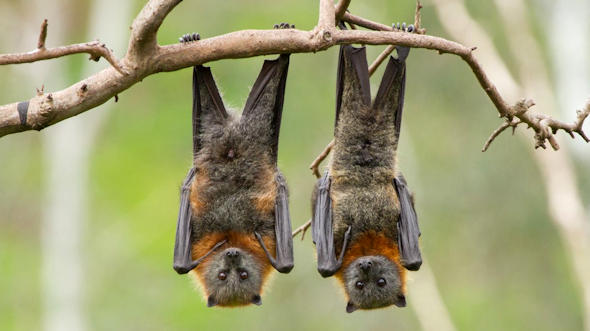Yunnan, China — Researchers have identified 20 previously unknown viruses lurking in bats from southwestern China, including two closely related to Nipah and Hendra viruses—pathogens with fatality rates up to 75% in humans. The findings, published in a new study, raise concerns about potential spillover risks to humans and livestock through contaminated fruit or direct contact.
The viruses were detected in fruit bat kidneys collected from orchards near human settlements in Yunnan province, a hotspot for zoonotic diseases. While none of the new viruses have been confirmed to infect humans yet, scientists warn that habitat destruction and human encroachment increase the likelihood of transmission. “Bats infected with the Hendra-like virus were captured in fruit orchards, where contact with people and livestock is possible,” said Dr. Alison Peel, a disease ecologist at the University of Sydney.
Could These Viruses Jump to Humans?
Nipah and Hendra viruses—both carried by bats—can spread to humans via contaminated food or direct exposure to saliva. The new henipaviruses share genetic similarities but may not behave the same way. “We can’t assume they’ll cross over,” Peel cautioned, noting that lab studies are needed to assess real-world risks.
Bats: A Vital but Misunderstood Part of Ecosystems
Despite their role in pollination and seed dispersal, bats are often vilified as disease carriers. Experts stress that protecting bat habitats—rather than culling them—is key to preventing outbreaks. “Ecological solutions, like restoring natural food sources, reduce spillover risks while supporting biodiversity,” Peel explained.
What Should People Do?
-
Avoid handling bats (even injured ones).
-
Report sick bats to authorities.
-
Support conservation efforts to minimize human-wildlife conflict.
With SARS, Ebola, and COVID-19 all linked to bats, this discovery underscores the urgent need for better surveillance and sustainable coexistence strategies.


